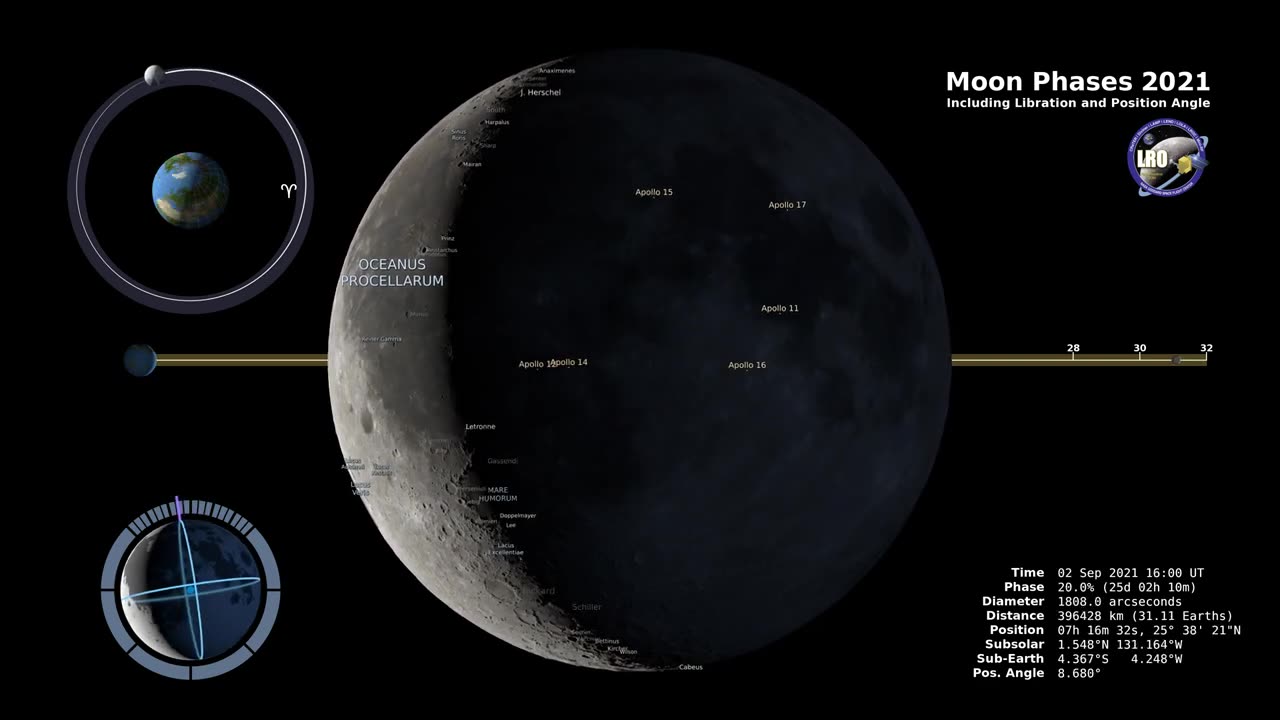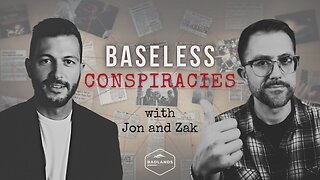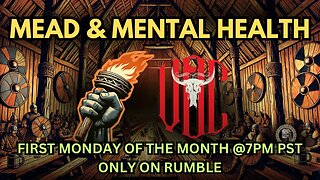Premium Only Content

Dancing with the Moon: The Phases of Luna"
Moon phases refer to the changing appearance of the Moon as viewed from Earth due to its relative positions with respect to the Earth and the Sun. These phases are a result of the Moon's orbit around our planet and its varying illumination by the Sun. There are eight primary moon phases, which can be described as follows:
New Moon: During this phase, the Moon is positioned between the Earth and the Sun. It is not visible from Earth because the side illuminated by the Sun is facing away from us. This marks the beginning of a new lunar cycle.
Waxing Crescent: As the Moon moves slightly away from the Sun, a small, crescent-shaped sliver of the Moon becomes visible in the western sky shortly after sunset. The crescent shape is lit on the right side (in the Northern Hemisphere).
First Quarter (or Waxing Half): In this phase, half of the Moon is illuminated and visible. It occurs roughly one week after the New Moon and is often called the "half-Moon."
Waxing Gibbous: During this phase, more than half of the Moon is illuminated, but it's not yet fully illuminated. The illuminated portion is increasing in size as it approaches the Full Moon.
Full Moon: The Moon is fully illuminated and appears as a complete circle in the night sky. It rises in the east as the Sun sets in the west and is visible throughout the night.
Waning Gibbous: After the Full Moon, the illuminated portion starts to decrease. During the waning gibbous phase, more than half of the Moon is still lit.
Third Quarter (or Waning Half): Half of the Moon is illuminated during this phase, but it is decreasing in size as it moves toward the Last Quarter.
Waning Crescent: Only a small, crescent-shaped sliver of the Moon is illuminated during the waning crescent phase, and it's visible in the eastern sky just before sunrise. The crescent shape is lit on the left side (in the Northern Hemisphere).
These phases repeat in a predictable cycle, taking approximately 29.5 days to complete, which is known as a lunar month or synodic month. Moon phases have been significant in various cultures and calendars throughout history, often influencing religious ceremonies, farming practices, and even folklore. They also impact tides on Earth due to the gravitational pull of the Moon.
-
 6:06
6:06
The Official Steve Harvey
8 hours ago🎩 Lil’ Mr. President: "That’s MY Girlfriend!" 😂 | STEVE HARVEY
207 -
 10:18
10:18
The Shannon Joy Show
7 hours ago🔥They’re Stealing Your Home — Technocracy’s Land Grab is Here🔥
6301 -
 28:32
28:32
Liberty Sentinel
7 days agoHow to Defeat Propaganda Media
9944 -
 LIVE
LIVE
FreshandFit
1 hour agoAfter Hours w/ Girls
6,390 watching -
 2:05:59
2:05:59
Inverted World Live
4 hours agoPentagon Lies About UFOs | Ep. 55
45.8K5 -
 1:35:07
1:35:07
Badlands Media
6 hours agoBaseless Conspiracies Ep. 136: Is the Chaos the Plan?
57.2K9 -
 LIVE
LIVE
I_Came_With_Fire_Podcast
10 hours agoMEAD & MENTAL HEALTH W/ VIKINGS, OUTLAWS AND COWBOYS!
1,305 watching -
 2:55:26
2:55:26
TimcastIRL
5 hours agoTrump Deploys MARINES To LA Riots, Mexican President Says STAND With Illegals | Timcast IRL
180K96 -
 LIVE
LIVE
SpartakusLIVE
6 hours agoThe Spartan and The Dragon take on the EASTER EGG Tower || Duos w/ Rallied
372 watching -
 LIVE
LIVE
Spartan
6 hours agoPro Halo Player
125 watching